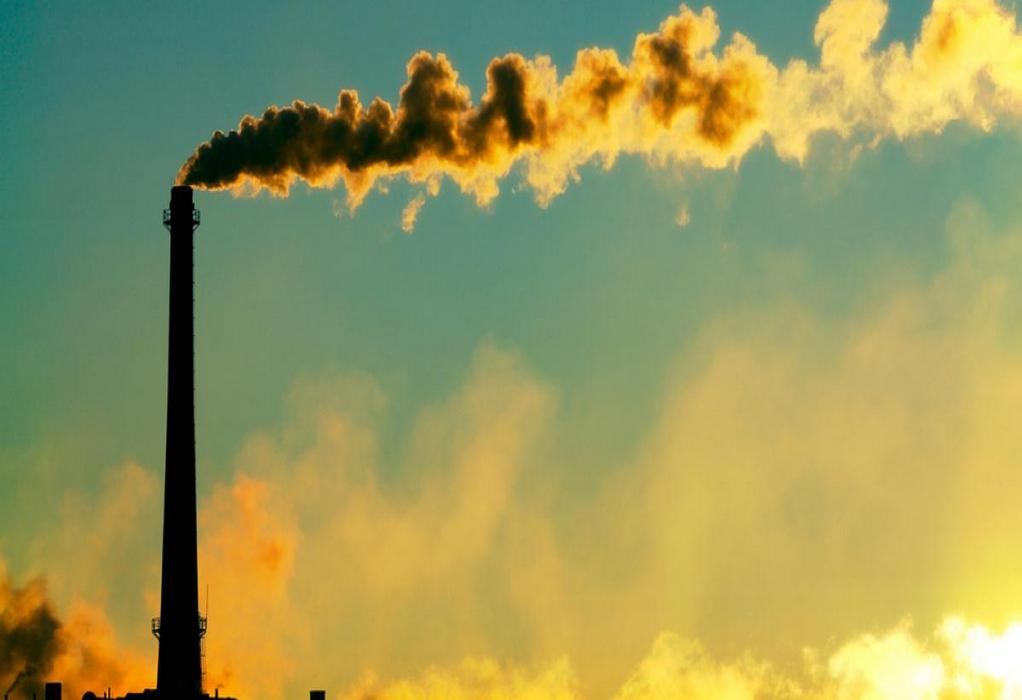A new forecast says Canada is on track for a significant reduction in fossil fuel use by 2050, even as electricity demand grows and demand for crude oil continues.
In a new report on long-term Canadian energy supply and demand outlook, the Canada Energy Regulator (CER) predicts unabated fossil fuel use (meaning fossil fuel combustion without carbon capture and sequestration) will decline 62 per cent by 2050.
“Our projections show that Canadians use far fewer fossil fuels in the future,” said CER chief economist Darren Christie on Thursday. “By 2050, coal nearly disappears and the use of fossil fuels made from oil declines, especially gasoline and diesel for transportation.”
The forecast suggests Canadians will use significantly less gasoline and diesel in coming years, resulting in a 43 per cent decline in the use of refined petroleum products by 2050.
Electricity use could rise by 45 per cent as Canadians transition to electric vehicles, according to the CER. The report predicts low-cost wind and solar power will be used to meet the rise in demand.
Canadian crude oil production growth is expected to peak at 5.8 million barrels per day in 2032, the CER says, and then to decline slowly to reach 4.8 million barrels per day in 2050, only slightly below today’s levels.
The report says that is because of the nature of Canada’s oilsands facilities, which are long-lived and have low operating costs once built. Production projections suggest the pipeline system out of Western Canada would still be nearly at capacity into the mid-2030s.
That is extremely concerning, said Dale Marshall, national climate program manager with Environmental Defence Canada.
“In 30 years, if our oil production is at the same level it is today, we’re in serious trouble,” Marshall said. “Because Canada is a high-cost, high-carbon oil producer, and if Canada is at the same level of production it’s at today, then that means other sources of oil will be even more so. And we’ll be cooked. That’s climate catastrophe.”
The forecast is based on the Canada Energy Regulator’s assumption that the current pace of increasing efforts to reduce greenhouse gas emissions in Canada and around the world will continue.
The regulator also laid out alternative scenarios, one that looked at energy demand in the event that there is a lack of additional climate action beyond current policies. This business-as-usual scenario would see crude oil production peak at 6.7 million barrels per day in 2044.
Marshall said he was disappointed by how “pessimistic” the CER was in its forecast. Even its scenario that assumes an acceleration of climate policy efforts in years to come makes it clear that net-zero by 2050 are unlikely to be met.
“Their plan doesn’t even show Canada achieving its Paris climate commitments,” Marshall said. “I think that the projections are unrealistic and overly pessimistic, in terms of what we might be seeing in terms of climate action in Canada and around the world.”
However, Ben Brunnen, chief economist for the Canadian Association of Petroleum Producers, said he thinks the CER overshot the mark when forecasting a decline in Canadian oil production by 2050. He said CAPP believes Canadian oil and gas producers have the capacity to invest in technologies that will allow them to meet more stringent policies around emission reduction, while still growing production to meet global demand.
“Beyond 2035, there are so many variables that it creates pretty substantial uncertainty. But our expectation is we would not see as significant decline as what CER is anticipating,” Brunnen said. “I would actually expect that the Canadian oil and gas industry would potentially have a more favourable growth profile, compared to what CER is indicating.”
The Canada Energy Regulator also looked, for the first time, at what Canada’s electricity system might look like in a net-zero world. In these scenarios, the emissions from the electricity sector drop dramatically, with battery storage playing a significant role alongside immense growth in wind and solar.
The International Energy Agency said in October that global demand for fossil fuels could peak by 2025. However, the IEA also said oil demand is likely to remain at three-quarters of current levels by 2050, which would not allow countries to meet their international climate targets.
Source: https://halifax.citynews.ca/




Recent Posts
India charts green shipping path: MEPC 83 outcomes discussed at IMEI-DG tech seminar
IME(I) Mumbai pioneers holistic development for future mariners with emotional resilience workshop
Adani launches India’s first hydrogen-powered truck
MAN Energy Solutions Completes Type Approval Test for Upgraded Dual-Fuel GenSet
Global Shipyards Launch Alliance to Accelerate Maritime Sustainability
Port of Antwerp-Bruges Launches Volta 1, Europe’s First Fully Electric Tugboat
CMA CGM Adds Second Methanol-Powered Vessel ‘Argon’ to Its Fleet
Electric Orkney Project Launches Game-Changing Hydrofoil Vessel ‘Zevi 1’